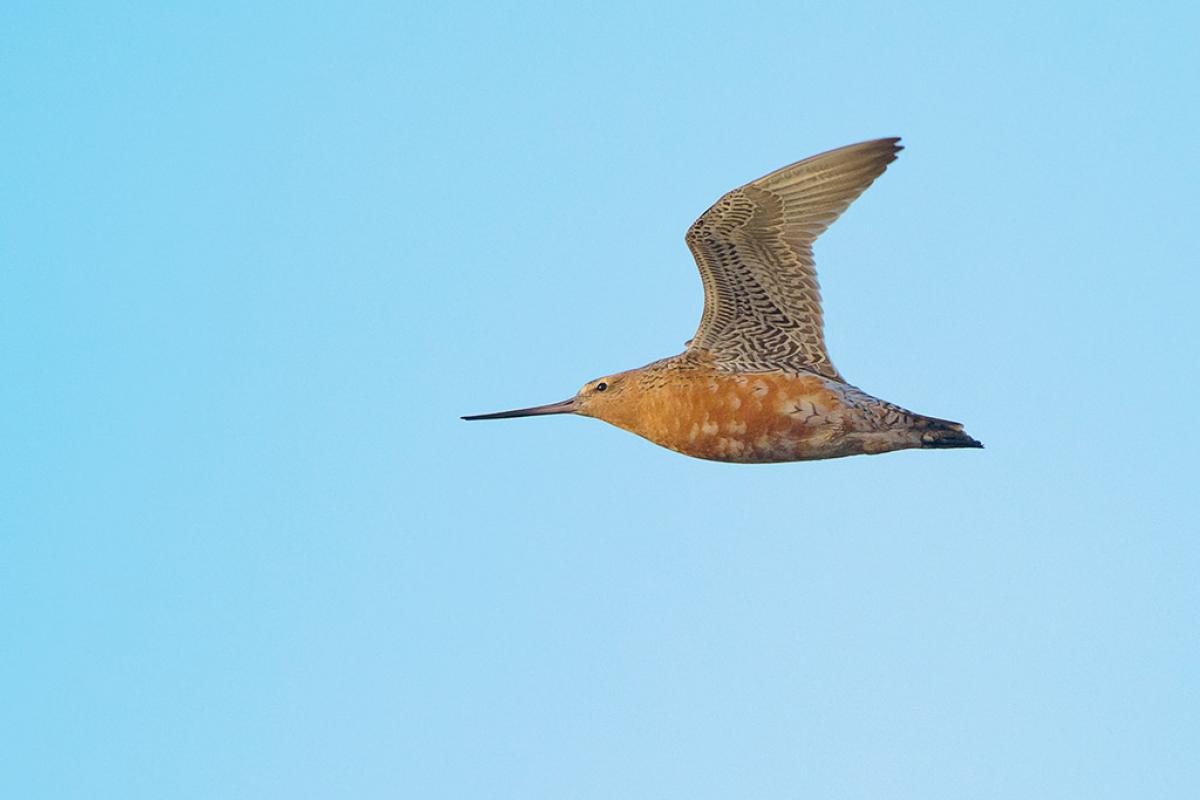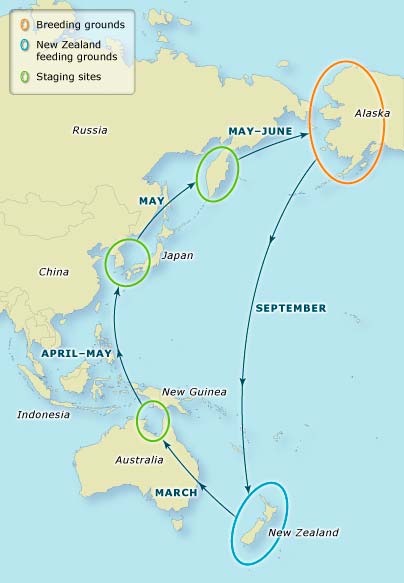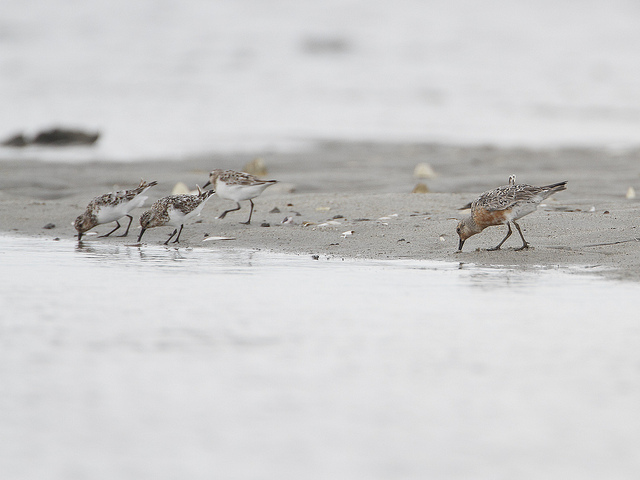
Do Migratory Birds Have a Sixth Sense?
ADVERTISEMENT
Yes, how do birds know when to migrate,caught my attention!
And the narrations, explanations given here are so detailed and interesting. It is very satisfying, The Old Farmer's Almanac lived up to its name, am so glad to look it up to! Thanks for the information.
Wow, I thought the 2,200 mile small bird migration was bad....then I read about the Godwits’ nonstop migration of 7,000 miles.....nature is totally awesome!!!!!!!
Such a great article. I always feel a bit sad once my hummingbirds leave in the autumn. But, I hope they’re off to happier times, and good food down south! Cheers!
Is the building of wind turbines affecting the birds?? My barn swallows this year seem to be in confusion. Many have just "dropped dead" in the hay loft---Leaving in small groups throughout Sept. Late babies, just unusual behaviors from the steady habits of years past---comment??
If birds that usually migrate decide to stick around, should we be feeding them? Wouldn't that interfere with nature? Lots of birds sites say a little seed won't change their habits, but I would think the perfect microclimate would matter.
Birds' migratory instinct is incredibly strong. In the case of most of our migrants, the urge to travel to a winter range is irresistable, even if a good food source in the summer range is available. Your hummingbirds will disappear south, no matter how long you put out nectar. Your yellow-bellied sapsuckers will not stick around for a refill of suet. A good rule of thumb for feeding birds is to be consistent: if you are feeding birds through the winter, try to keep feeding all the way until spring (or at least until the bears wake up). The food you are providing is not "unnatural," but be conscious that you are, in a very deep sense, making yourself a part of Nature, and with that privilege comes responsibility!
Is it true that lots of birds who used to migrate don't anymore? Like the robin?
Robins, like most of our North American migrant species, continue to migrate as they have for generations, although the timing of that migration and the range over which it takes place are never set in stone. Some birds delay their migration for local weather patterns, and many species are responding to longer-term climate change. Robins tend to gather in flocks for the winter, roaming in search of berries and other food sources. For many years they have been extending their winter range northward--if you live in a state in the northern U.S., overwintering robins may be a novelty, many months before the time of the proverbial "first robin of the spring."
That's over 36 miles per hour without stopping! I didn't think birds could fly that fast especially without stopping for 8 days. Is that really possible?
Given the right winds, flight speed is incredible. Even the lumbering Canada Goose, the portly denizen of yards and golf courses, can reach 70 miles per hour or more on migration. And avian fat, strangely enough, is one of the world's most powerful fuel sources, gram for gram. The godwit's nonstop migration is exceptional, but by no means the only journey that requires such unbelievable reserves of energy.













